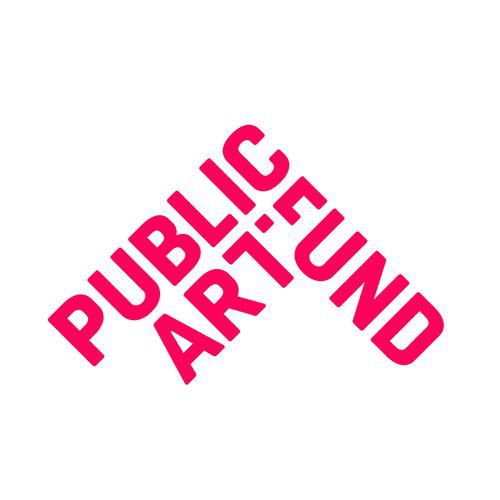Public Art Fund New York
As the leader in its field, Public Art Fund brings dynamic contemporary art to a broad audience in New York City and beyond by mounting ambitious free exhibitions of international scope and impact that offer the public powerful experiences with art and the urban environment.
Since 1977, Public Art Fund has worked with over 200 artists in all stages of their careers to realize new commissions that further their practice. More recent Public Art Fund projects include iconic exhibitions like Olafur Eliasson’s The New York City Waterfalls (2008); Tatzu Nishi: Discovering Columbus (2012); Ai Weiwei: Good Fences Make Good Neighbors (2017); Tauba Auerbach: Flow Separation (2018); Carmen Herrera: Estructuras Monumentales (2019); and Pope.L: Conquest (2019). In June 2020, Public Art Fund unveiled new permanent commissions at LaGuardia Airport's new Terminal B, featuring large-scale work by Jeppe Hein, Sabine Hornig, Laura Owens, and Sarah Sze, and launched Art on the Grid, a 500+ multi-platform citywide exhibition of new work by a group of 50 New York-based, emerging artists. This summer, Davina Semo: Reverberation, a large-scale installation of five sculptural bells, will be on view at Brooklyn Bridge Park's Pier 1.
History
Public Art Fund was founded in 1977 by Doris C. Freedman (1928-1981), a champion of public art who served as New York City’s first Director of Cultural Affairs, President of the Municipal Art Society of New York, and was a tireless supporter of New York City’s Percent for Art legislation. In 1971, she founded the Public Arts Council while at the same time serving as president of City Walls Inc. Under her leadership, both organizations developed programs to explore the potential for art to become an integral aspect of urban public spaces. In 1977, she merged the two to form the independent, non-profit Public Art Fund. Since its inception, Public Art Fund has presented more than five hundred artists’ exhibitions and projects at sites throughout New York City’s five boroughs, making it possible for artists to engage diverse audiences and, along the way, redefine public art in relation to the changing nature of contemporary art.







